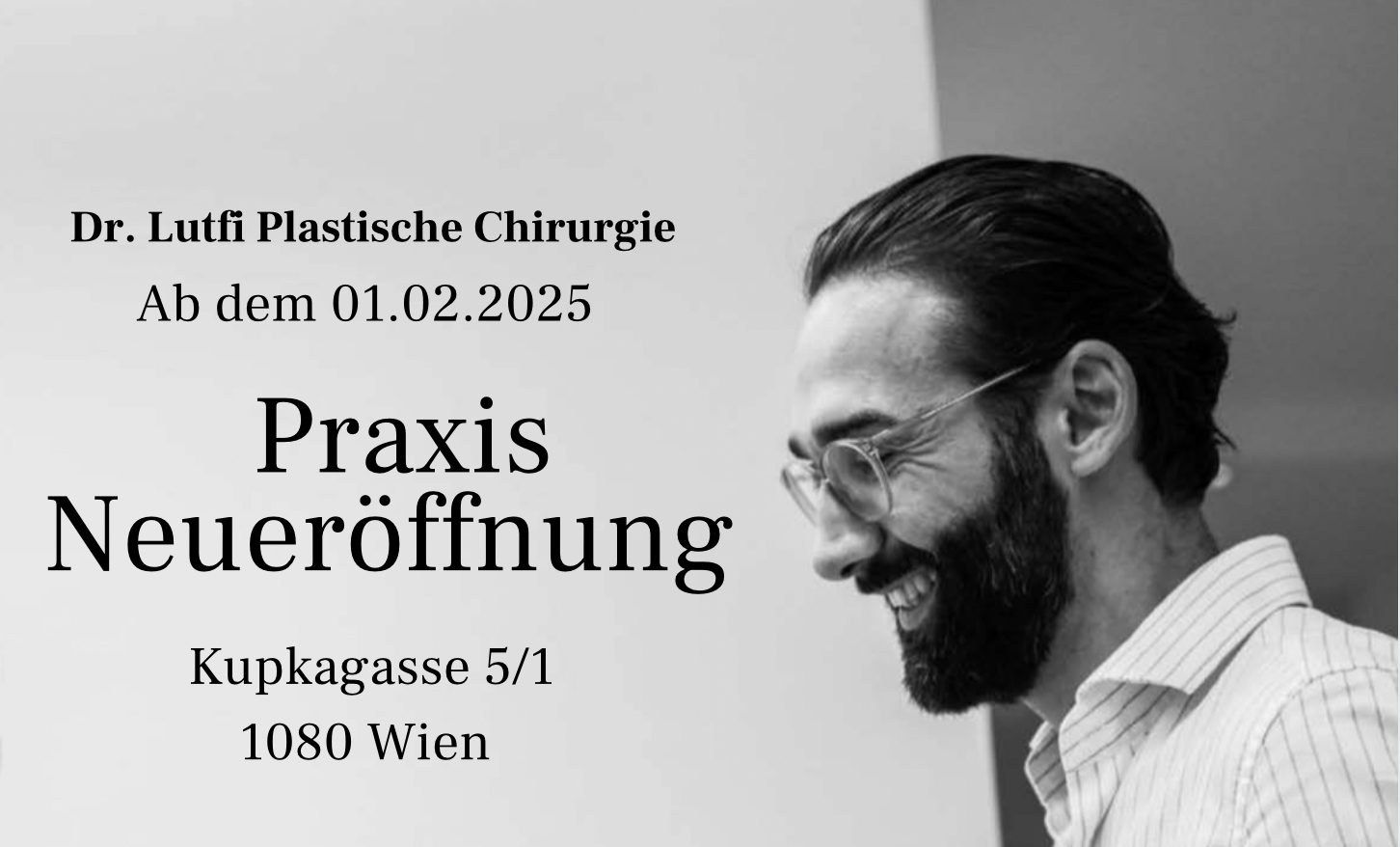A thigh lift shapes loose tissue onn your legs

In brief
What motivates people to have a thigh lift?
Over the years, a completely normal ageing process in your body leads to sagging of the skin and connective tissue. In addition to the upper arms and abdomen, the inner thighs are the areas where this often becomes visible. The greater the sagging, the more intensely patients feel the skin and connective tissue “wobble” even during everyday movements. Once the tissue is stretched, it quickly becomes a significant limitation in life. If the choice of clothing is already difficult, those affected often describe a social withdrawal in order not to expose themselves to the “mocking looks” of others. On their own initiative, people often change their diet and exercise as “self-treatment”. By building up muscle, sagging tissue can be “filled up” to a certain extent with volume, but sagging skin will always be visible.
Although this is completely natural, it is often perceived as a burden. If the quality of life suffers as a result, patients often long for a permanent solution.
What is a thigh lift?
Duration
1,5 h
Pain
low
Scars
visible
Stay
outpatient
Bandage
4 weeks
Work
after 7-10 days
Sports
after 3 weeks
Costs
from 3500€
What different methods are there?

Who is a thigh lift suitable for?
When is the best time?
Who is it not suitable for?

How does a thigh lift work technically?
All questions are clarified in advance in a detailed consultation and the incision is discussed.
The operation begins with a final discussion and the incision line drawing. This usually runs from the crotch towards the knee.
After anesthesia, the excess skin and underlying fatty tissue are carefully and symmetrically removed. Smaller lifts mainly affect the upper part of the thigh. Larger lifts sometimes also affect the lower part of the thigh as well as the groin area. If, in addition to the sagging skin, there is also fatty tissue, this is also suctioned out and shaped during the same procedure.
Once this has been completed and the new shape has been achieved, the multi-layered tissue is closed. Wafer-thin sutures running through the skin are used for the final skin closure. If necessary, Redon drainage tubes are inserted for 1-2 days to allow wound fluid to drain away.
Scars are unfortunately unavoidable and correspond to the incision. A distinction is made between the following:
Depending on the extent of the excess, the scar is placed as inconspicuously as possible on the inner thigh.
- anterior thigh lift for pure excess skin on the front of the thigh. In this case, it is sufficient to remove the excess skin through a targeted incision along the groin. Fatty tissue rarely needs to be removed additionally. The scar can be concealed by the underpants.
- tightening of the inner thigh with liposuction for excess skin and soft tissue. From the pubic bone over the inner thigh to the inner knee. In addition to surgical removal of the skin, liposuction is performed here. This allows for better shaping and also ensures that lymphatic drainage pathways and blood vessels are spared. The remaining scar runs vertically from the pubic bone to the knee.
- major thigh lift with liposuction up to the groin. If the excess skin/soft tissue is extremely pronounced, it often extends from the front of the thigh to the knee. The incision and liposuction is extended as far as possible here and guarantees a harmonious shape. The scar runs like an inverted “field hockey stick” from the groin to the knee.
Surgical and conservative alternatives
There are various conservative and surgical alternatives for many operations. It is therefore necessary to consider these carefully before any surgical intervention. If the use of a scalpel can be dispensed with due to conservative alternatives, these are of course preferable.
Bodytite treatment, for example, is available as a minimally invasive alternative. This uses radiofrequency therapy to stimulate contraction of the connective tissue and tightening of the skin. However, this procedure is only useful for moderate soft tissue excess. Liposuction is also an alternative and saves a visible scar. Your body has a certain “retraction capacity”, an ability to tighten sagging tissue to a small degree. Whether this is possible should definitely be clarified during a physical examination.
Exercise, alternating showers and massages generally promote blood circulation and are ideal for preventive body care. Massive muscle building of the thigh muscles can create volume through muscle growth. This fills out the sagging tissue somewhat. However, despite various myths, none of these methods can regenerate sagging connective tissue. In this case, only surgery can bring about effective change.
What type of anesthesia is necessary?
Can the procedure be combined with other procedures?

Photos
The photos show examples of primary thigh lifts performed in my practice. These were performed either surgically with removal of skin and tissue or minimally invasively using a combination of liposuction and body tite.
The extent of the excess skin/tissue determines the lifting technique. We are also happy to take on corrections from operations performed elsewhere.
However, you should first discuss any dissatisfaction with the surgeon who operated on you – it is quite possible that you will benefit from a free follow-up correction.


Is this operation performed on an outpatient or inpatient basis?
We usually perform thigh lifts on an outpatient basis in our practice. A total of 3-4 hours should be planned. Even if the actual operation time is 1.5-2 hours, the time for preparation and follow-up must be taken into account. For example, the sleeping pills need to be taken. You are welcome to stay in our surgery until you feel fit again. Immediately after waking up, you may experience slight circulatory weakness. Active participation in road traffic should be avoided at all costs for the first 12 hours. We recommend that you are accompanied for the first few hours after the operation and for the first night.
An inpatient stay is advisable for larger tightening operations. As a rule, an overnight stay of 1-2 days in a private hospital is sufficient.
Risks and complications
Surgery is a wonderful routine for us. Nevertheless, we are aware that many of our patients may only have surgery once in their lives. It is therefore essential that you are informed about all possible consequences of this procedure.
During surgical procedures, skin and tissue as well as underlying structures are treated with sharp instruments. Despite all caution, complications of varying severity can occur. During the initial consultation, we will go through a corresponding information sheet with you.
Minor complications
A thigh lift is a procedure with relatively few complications. If performed carefully, the risk of permanent consequences is very low. As with all surgical procedures, there may be minimal pain, comparable to moderate muscle soreness, as well as swelling and hematomas.
Slight asymmetries, scar widening, seromas, wound healing disorders and temporary loss of sensation are exceptions and usually disappear on their own. In our experience, swelling, restricted movement and the gentle posture caused by a compression garment are well tolerated.

Rare major complications
What to do in the event of complications?
Healing and progression
Is the treatment painful?
How long does the recovery take?
You will certainly feel well again quickly and will only notice restrictions for a few days. Nevertheless, physical rest is crucial in the first 6 weeks after the operation in order to allow the deep tissue enough rest to regenerate. It takes 6-12 months until complete healing. During this time, the last swellings disappear and the abdomen takes on its final shape.
With the exception of competitive sports, sporting activities are possible after 8-12 weeks.
Of course, these time recommendations are guidelines based on our experience, which sometimes require individual adjustment.
Your body will take the time it needs.



“Wieder ein ausgezeichnetes Ergebnis der Botox-Behandlung! “
“I love Morpheus 8. My favorite!“
“Ich habe erheblich mehr Schmerzen nach dem Eingriff erwartet und war positiv überrascht wie gut es mir noch am selben Tag und jetzt an Tag 2 geht. Der Tag der...
“Ich war heute zum wiederholten Mal für eine Botox-Behandlung bei Dr.Lutfi und werde mich auch in Zukunft nur von ihm behandeln lassen. Sollte ich jemals andere...
“Kompetente und ausführliche Beratung und super Behandlung (Botox gegen Lachfalten). Bin mit dem Ergebnis sehr zufrieden und komme gerne wieder! “
When can the final result be expected?
The result of the thigh lift is visible immediately. Important: The thighs will initially appear somewhat “over-tightened”. After about 3 months, the connective tissue structures will have settled and reached their final shape.
The “durability” of a thigh lift depends on your connective tissue and the quality of your skin. The more stressed these have been over the years, the more likely it is that there will be minimal sagging. However, this would be significantly less pronounced than the original sagging.
What should patients plan?
A surgical procedure requires a certain amount of planning and organization not only for the surgical team, but also for the patient, both before and after the operation. It is important that you are well prepared and know what to expect. This allows you to concentrate fully on enjoying the results.
One of the most important questions before any surgical procedure is the “why”. You should be clear about why you want to have surgery at all. Once you have answered this question and made a decision, the following questions should definitely be clarified: How? By whom? When?
I will be delighted if you find your way to my surgery and would like to be operated on by me. However, I also recommend all my patients to get a second opinion. You should be absolutely certain about the date and surgeon.
Plan the time before your operation
Before any tightening operation, we recommend a general medical check-up to ensure that there are no underlying illnesses or movement restrictions in the arm or shoulder joint.
As soon as you have decided to have the operation after a detailed consultation and medical history, you should plan the time after the operation with those around you accordingly. Although you should not expect to be out of action for any length of time, you may occasionally experience temporary movement restrictions.
Plan the time after your operation

What does an operation cost?

Financing, down payment, installment payment
FAQ - Thigh lift
Plastic surgery
- Home
- About Me
- Aesthetic surgery
- Aesthetic treatments
- Before After Archive
- Ordination
- For doctors
- Contact
- Cost


